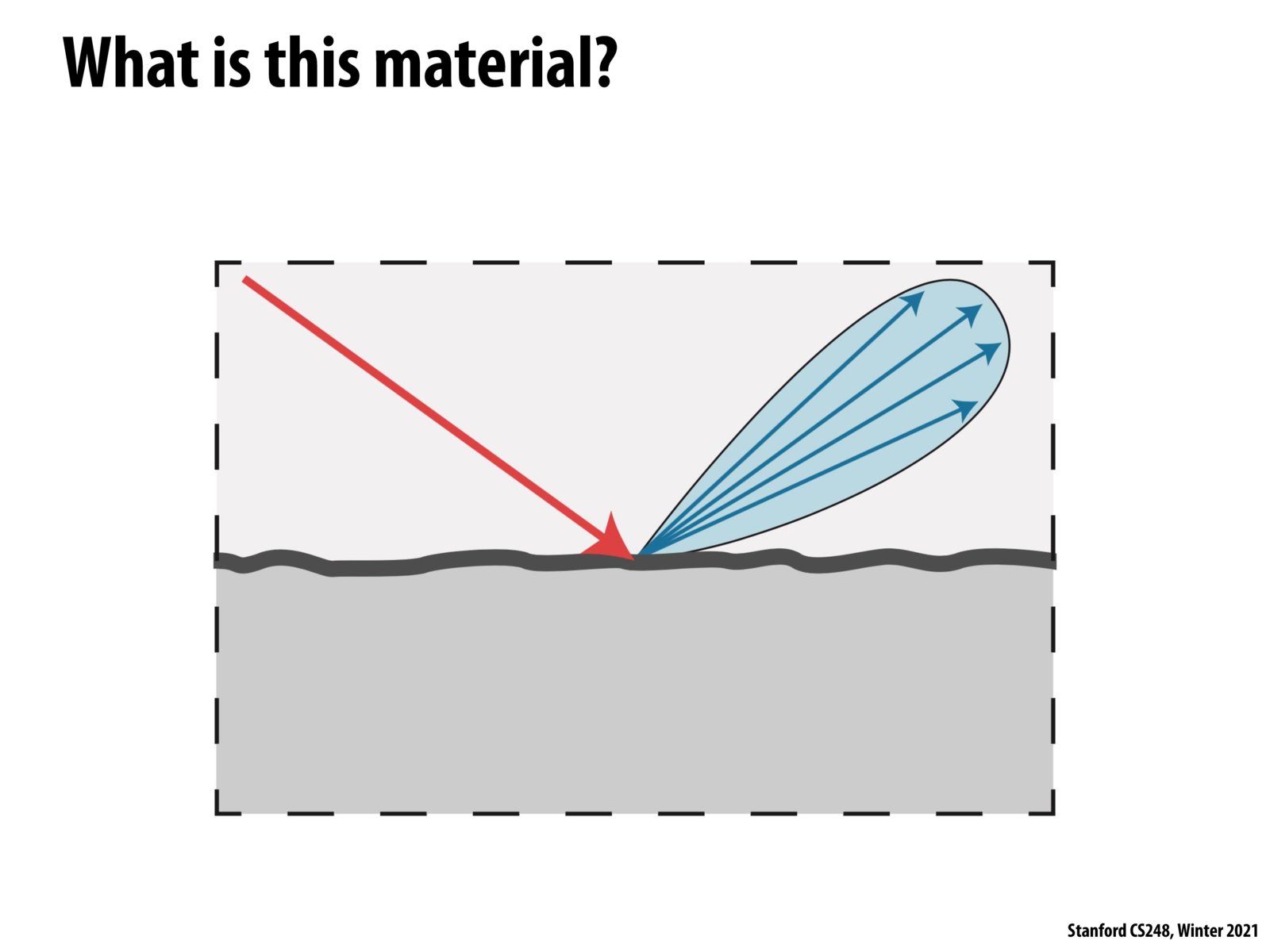
Back to Lecture Thumbnails

sagoyal

manugopa
A perfectly specular material would just have one blue arrow not a cluster of blue arrows. The blue arrow will not point directly toward the red arrow. It will be reflected about the surface normal, so it will be in the middle of where the cluster of blue arrows currently is.

sagoyal
@manugopa Oh I see thanks!

kasi
How do you define a glossy BRDF function? It seems a lot more complicated than a mirror or diffuse BRDF.

mrn
I think any material except mirror has this effect.

masoudc
@kasi It looks like its parameterized by roughness: https://docs.blender.org/manual/en/latest/render/shader_nodes/shader/glossy.html
Please log in to leave a comment.
Copyright 2021 Stanford University
Does perfectly specular material just have the blue arrows pointing back directly towards the red one?